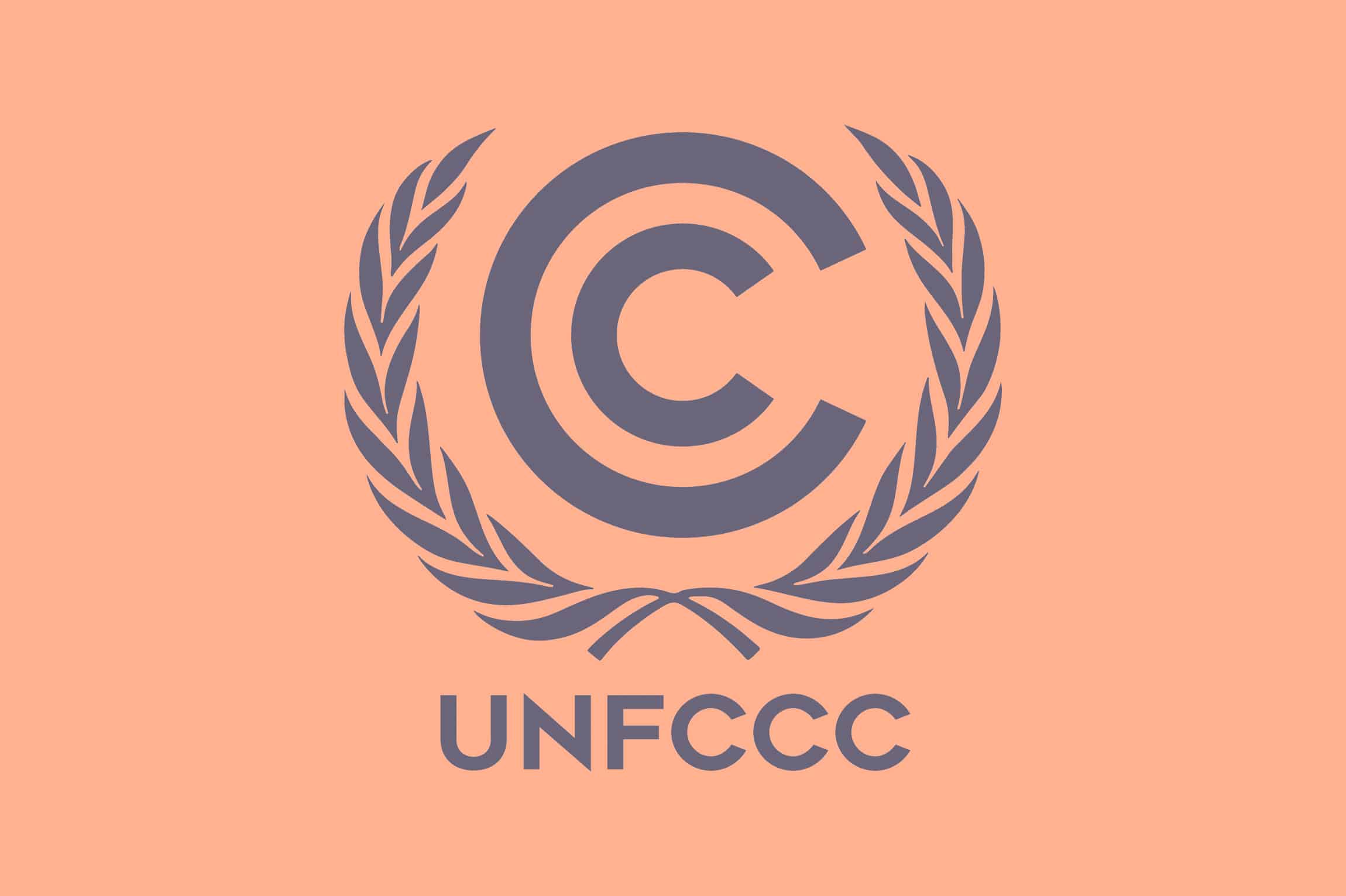On December 12, 2015, 195 nations spoke with one voice about the need to create a low carbon and climate resilient future and struck the historic Paris Agreement. This November 2016, delegates from around the world will gather again in Marrakech, Morocco for the Marrakech Climate Change Conference for the twenty-second session of the Conference of the Parties to the United Nations Framework Convention on Climate Change (COP 22) as well as the highly anticipated first session of the meeting of the Parties to the Paris Agreement (CMA 1).
The Paris Agreement Enters Into Force November 4, 2016
At COP 21 in Paris last year, both developed and developing countries pledged to take action to combat the threat of climate change and adapt to its effects. The Paris Agreement aims to limit global temperature rise and strengthen the ability of countries to deal with the impacts of climate change. It provides a global legal mandate to drive a business imperative to innovate, build low-carbon futures, transition economies, construct new concepts of growth and de-risk assets and operations from climate impacts.
Since the conclusion of COP 21, countries have acted with remarkable speed in ratifying the Paris Agreement. On October 5th, 2016, the two thresholds that had to be crossed before the Agreement could come into force—at least 55 countries covering at least 55% of global emissions ratifying the deal—were met. To date, 81 of 197 Parties to the convention have formally ratified including Canada, as well as the world’s heaviest emitters such as China, the US, India and the EU. The Paris Agreement is set to enter into force on November 4th, 2016.
What to Expect from COP 22?
At the Marrakech Climate Change Conference, nations of the world will continue their work on strengthening the global response to the threat of climate change, with the central focus placed on enhancing ambition, promoting implementation and providing support. Furthermore, to strengthen action on climate change mitigation and adaptation, governments are expected to make concerted efforts to support domestic action as well as collaborative initiatives with non-state actors.
Some of the highlights from the COP 22 agenda include:
- Prepare for entry into force of the Paris Agreement
- Consider amendment proposals by Parties including the Russian Federation, Papua New Guinea and Mexico
- Adopt appropriate decisions that came out of the review of the Warsaw International Mechanism for Loss and Damage associated with Climate Change Impacts
- Subcommittees will present annual report about the development and transfer of technologies
- Take recommendations from the Board of the Green Climate Fund to consult and define the linkages between the Technology Mechanism and the Financial Mechanism
- Consider recommendations from past workshops on adaptation finance, needs for support to developing countries, and strategies for scaling up climate finance
- Consider the findings of an on-going study that is tracking the advancement of gender-sensitive climate policy
As the Paris Agreement will come into force just 11 months after it was signed, the spotlight will be on the commencement of CMA 1. With the unprecedented speed and momentum observed with the ratification and entry into force of the Pairs Agreement, there is increased pressure to complete the negotiations of some important technical decisions. This includes the work program established to arrange various modalities, procedures and guidelines to move forward with the Agreement. The Agreements governing body must reach a consensus for it to be fully implementable by setting the detailed requirements under which countries and non-state actors will report and account for their climate actions. The Ad Hoc Working Group on the Paris Agreement (APA) was formed to expedite the preparation for the Agreement’s entry into force.
Discussion and Action Around the UN Climate Talks
The Marrakech Climate Change Conference will also be a gathering place for non-state actors including leaders from sub-national governments, municipal bodies and the private sector to discuss their role in supporting the transition to net-zero by mid-century and adaptation to climate change impacts. There are many side events planned in Marrakech during the conference as well. These events provide opportunities for knowledge-sharing, capacity-building, networking and exploring actionable options for meeting the climate challenge. Such events include the International Emissions Trading Association’s Business Hub, the Sustainable Innovation Forum of which the World Green Building Council is a partner, as well as a host of speaking events. For example, the UNEP’s talk about the roles of emerging international financial centres of climate change: the model of Shanghai, China.
In related climate change news, a recent UN summit in Kigali, Rwanda saw the adoption of an amendment to the Montreal Protocol to phase out the global use of hydrofluorocarbons, a class of chemicals used in air conditioners and refrigerators with a high global warming potential. The Kigali Amendment builds on the CFC ban of the 1987 Montreal Protocol that is expected to stave off the increase in atmospheric temperatures by 0.5 degrees Celsius by the end of the century. This Globe and Mail article provides some insights on what the Kigali Amendment will mean for Canada.
The considerable inertia of recent efforts towards climate issues promises to make COP 22 in Marrakech an exciting event. It will focus on action items necessary to achieve the priorities of the Paris Agreement, especially related to adaptation, transparency, technology transfer, mitigation, capacity building and loss and damages.

